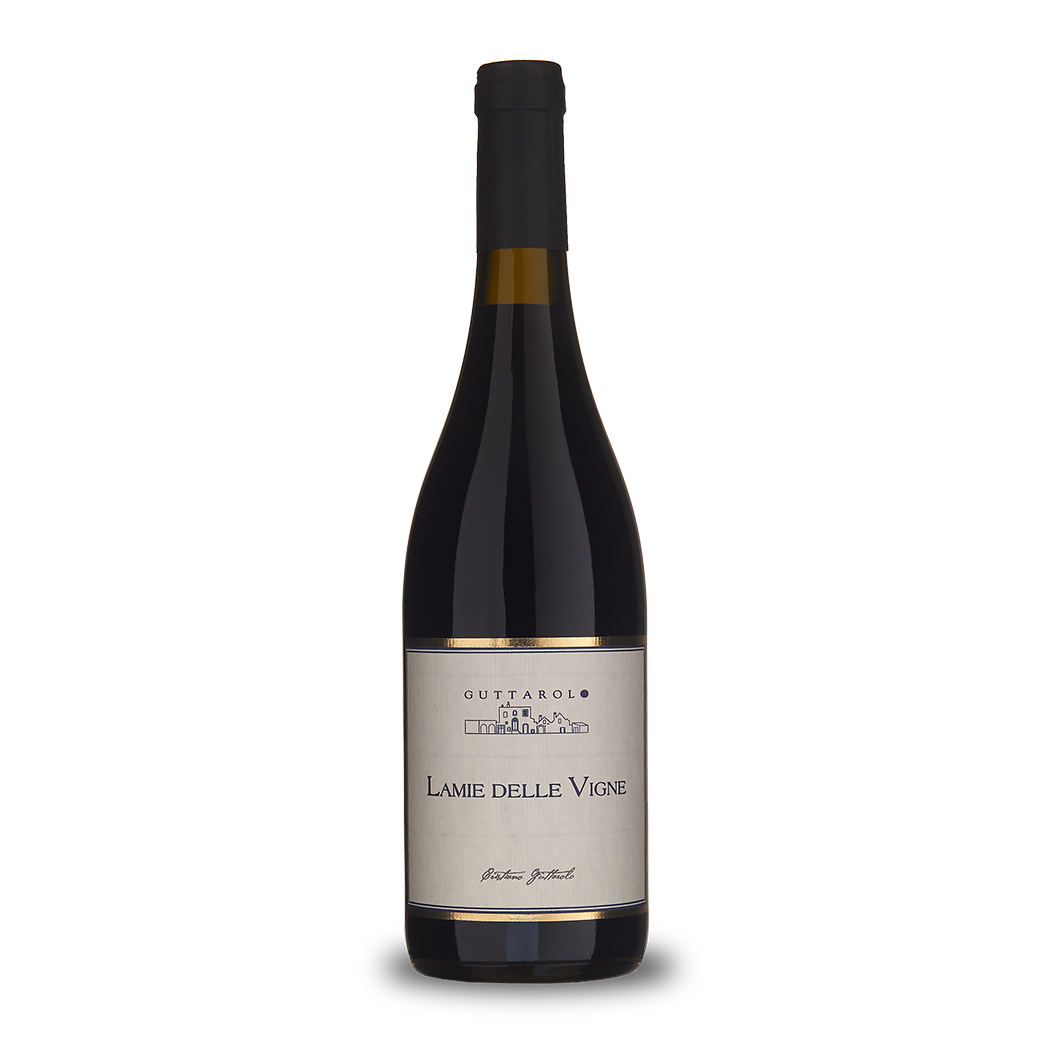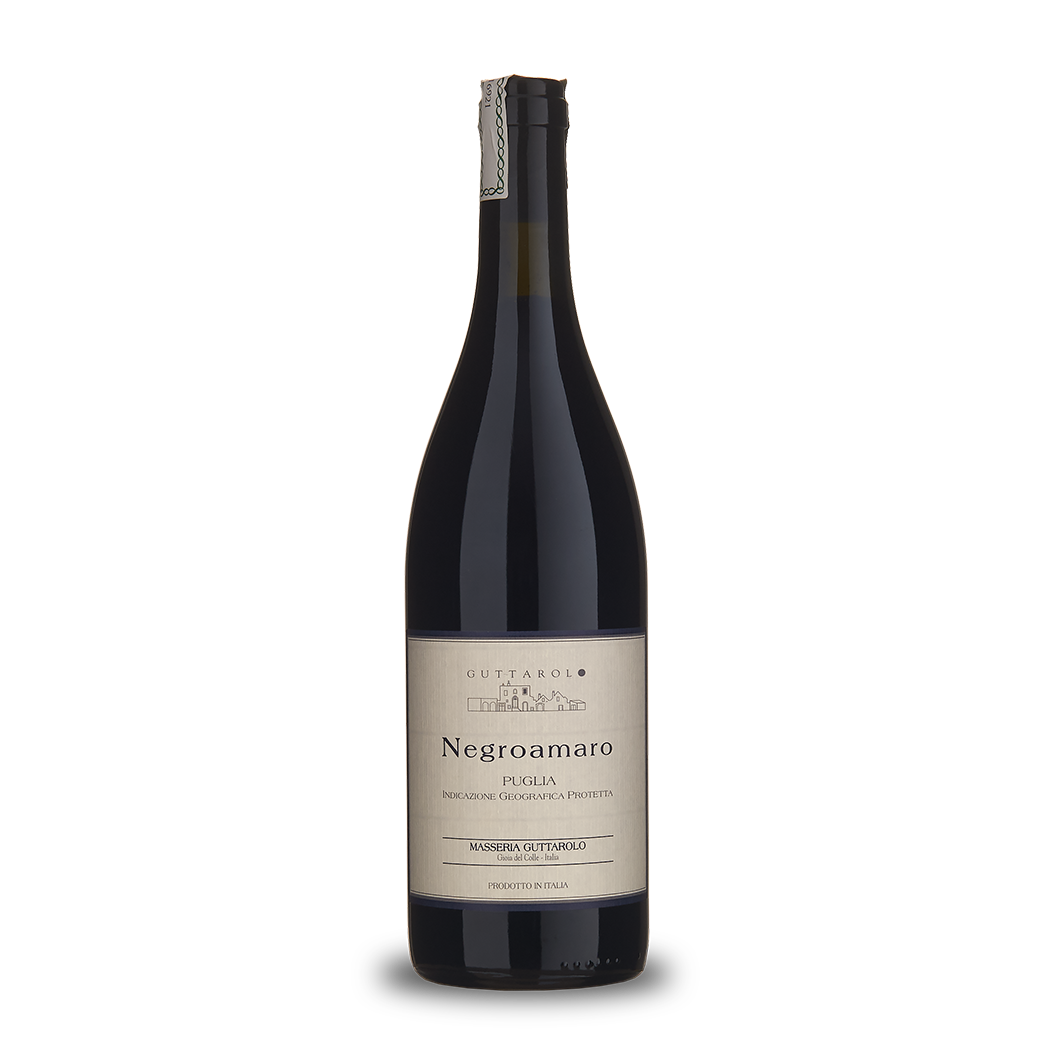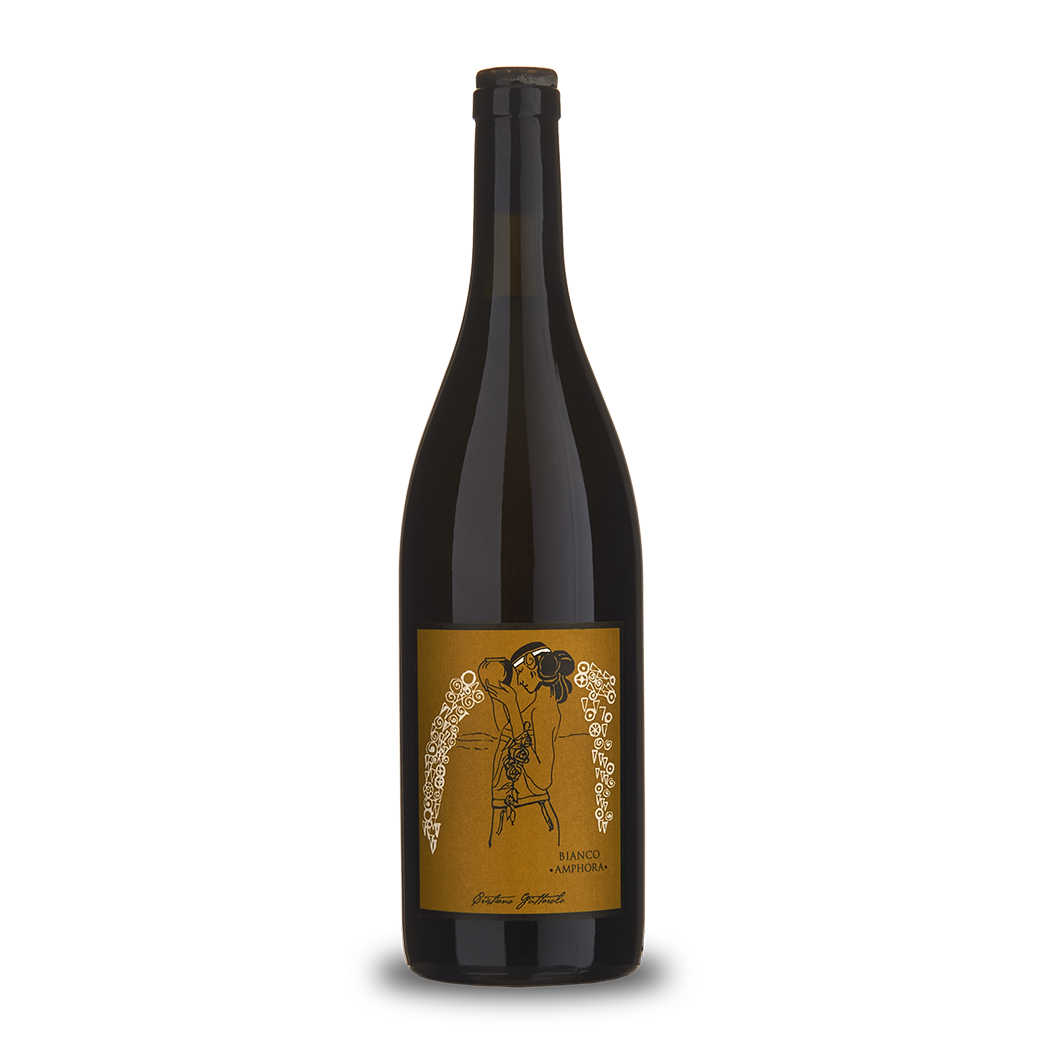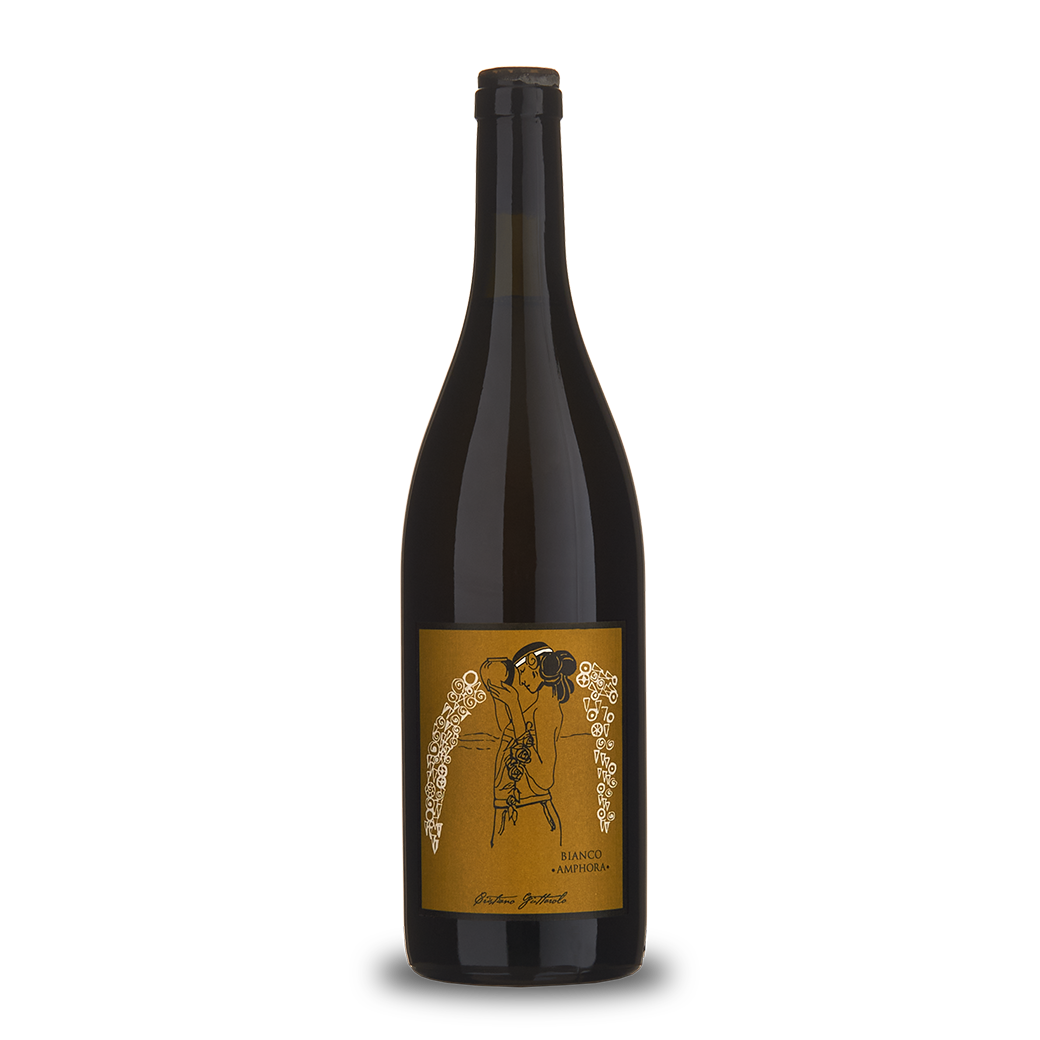Guttarolo
Since 2004, the company's birth date, they have been working the wines and the vineyards themselves in a "natural" way. Although the company is certified organic by a protection body, they exclude any fertilization treatment and use of organic fertilizers. They favor grassing by keeping the land-fauna system in synergy, respecting what is natural selection. They also follow this principle in the cellar. The vinifications take place spontaneously by indigenous yeasts. The wine remains in contact with the skins as much as possible, from 14-18 days for the one worked in steel up to 150 days for the one in amphora.
They let "nature" work in order to obtain a true, authentic wine belonging to that vintage with all its qualities and diversity, but still a natural product. The company was born from a project aimed at promoting the culture of wine and the redevelopment of this vine which, in the countryside of Gioia del Colle, expresses itself with particular elegance thanks to the altitude and the strong variations in temperature between day and night, as well as for the good ventilation and the peculiarity of the karst terrain of the Murgia.
The cellars are located in the old stables of the farmhouse which, built entirely of stone, are ideal for storing and aging wine.
Their wines
When we talk about primitivo we almost always think of the designation of origin Primitivo di Mandura, systematically forgetting what is, however, a reality, historically, even more linked to the Apulian vine and its production, that of Gioia del Colle. Geographically Gioia del Colle is a small cluster of houses that surround the beautiful castle that Frederick II of Swabia had built in 1230. The cultivation of vines and the production of wine in the territory of Gioia del Colle were already active between the VIII. and the III. century B.C. (Peucezia), as evidenced by the numerous finds of containers intended to contain wine in the archaeological area of Monte Sannace, the largest known Peucetic settlement, a few kilometers from Gioia del Colle (some finds can be admired in the archaeological museum located inside the castle).
Since 2004, the company's birth date, they have been working the wines and the vineyards themselves in a "natural" way. Although the company is certified organic by a protection body, they exclude any fertilization treatmen...
Filters
Filters










